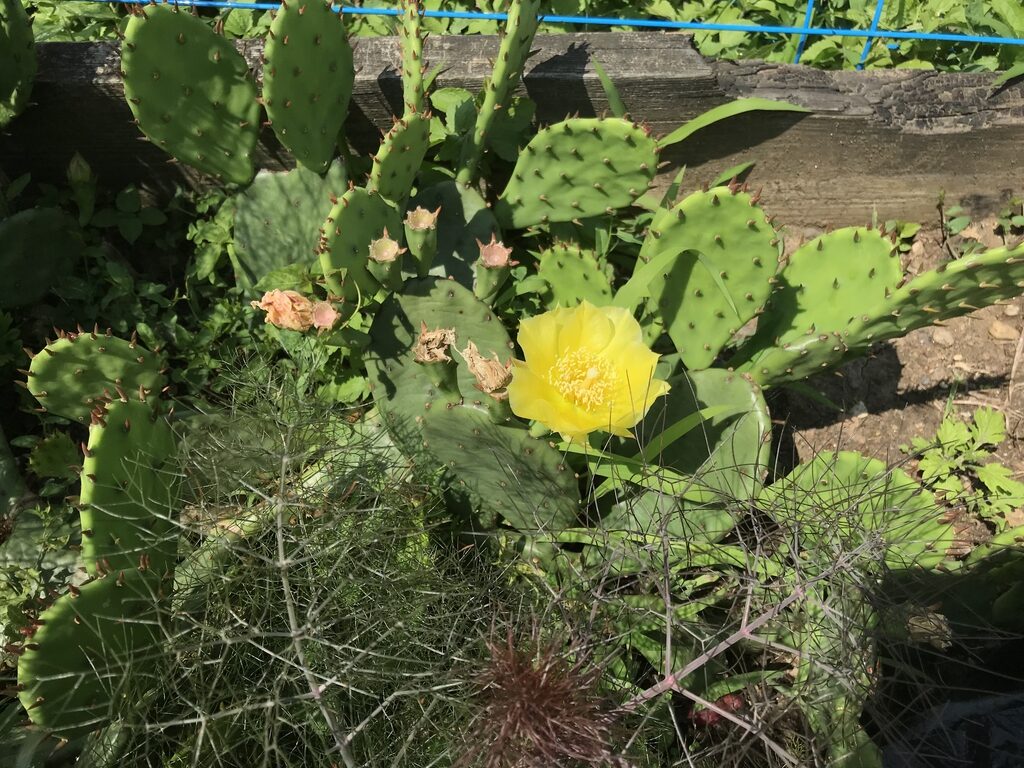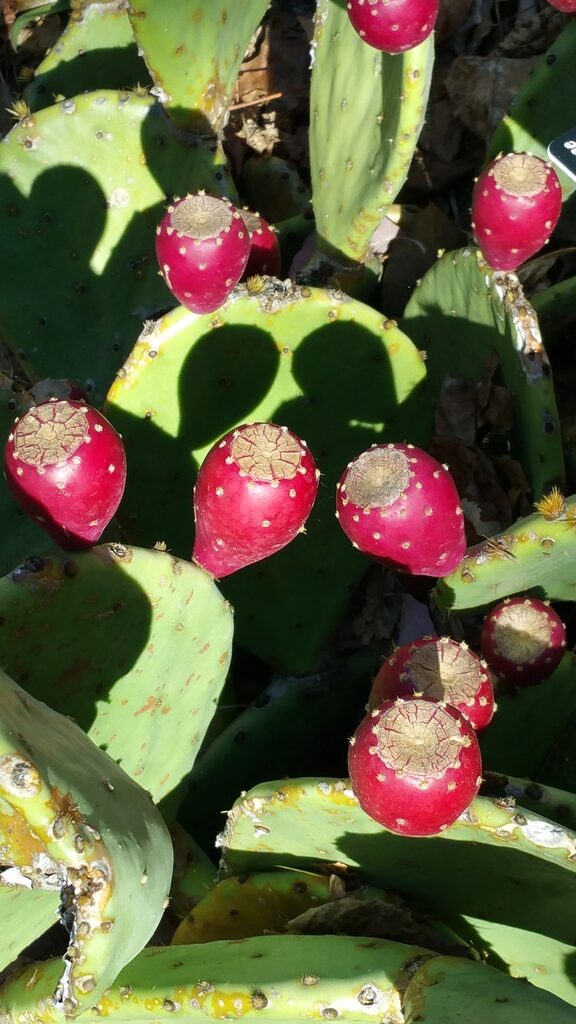Flora Fridays – July 12, 2024
go.ncsu.edu/readext?1014069
en Español / em Português
El inglés es el idioma de control de esta página. En la medida en que haya algún conflicto entre la traducción al inglés y la traducción, el inglés prevalece.
Al hacer clic en el enlace de traducción se activa un servicio de traducción gratuito para convertir la página al español. Al igual que con cualquier traducción por Internet, la conversión no es sensible al contexto y puede que no traduzca el texto en su significado original. NC State Extension no garantiza la exactitud del texto traducido. Por favor, tenga en cuenta que algunas aplicaciones y/o servicios pueden no funcionar como se espera cuando se traducen.
Português
Inglês é o idioma de controle desta página. Na medida que haja algum conflito entre o texto original em Inglês e a tradução, o Inglês prevalece.
Ao clicar no link de tradução, um serviço gratuito de tradução será ativado para converter a página para o Português. Como em qualquer tradução pela internet, a conversão não é sensivel ao contexto e pode não ocorrer a tradução para o significado orginal. O serviço de Extensão da Carolina do Norte (NC State Extension) não garante a exatidão do texto traduzido. Por favor, observe que algumas funções ou serviços podem não funcionar como esperado após a tradução.
English
English is the controlling language of this page. To the extent there is any conflict between the English text and the translation, English controls.
Clicking on the translation link activates a free translation service to convert the page to Spanish. As with any Internet translation, the conversion is not context-sensitive and may not translate the text to its original meaning. NC State Extension does not guarantee the accuracy of the translated text. Please note that some applications and/or services may not function as expected when translated.
Collapse ▲Drought Tolerant Plants
Montgomery County and surrounding areas need rain. Some areas have not had precipitation since May. This has led to moderate drought conditions with lasting effects. It has been challenging for both farmers and gardeners. It is important to deep water your outdoor plants about every three days during this time. This is especially true for those planted in the last year. One way to conserve water in your garden is by planting drought tolerant plants. Plants native to our state are especially drought tolerant, as they have built resilience to our climate over generations. Discussed below are three native plants that can grow in a variety of conditions, but are also tolerant to prolonged drought.
Sedum spp.
Stonecrop plants, or Sedum species, are a type of slow growing, creeping succulent. These small flowering perennials can adapt to a wide range of soils, and do particularly well on poor or rocky soils. These small plants produce showy star shaped flowers throughout the summer months in shades of white, red, pink, or yellow. Stonecrop is widely available at nurseries and is often planted as a low maintenance ground cover.
Opuntia humifusa
Prickly pear cactus, or Opuntia humifusa, is the most cold tolerant cactus in North America with a range extending into Canada. It is not plant for a garden frequented by children or pets because of its spines, but it can serve as an effective deterrent against pest animals. This plant is rather slow growing and can take some time to reach its 3-4 ft height. Its large pads, which are actually flattened stems, can be scraped free of spines and sliced thinly for culinary uses. In addition, fruits which follow its yellow flowers can also be eaten when properly prepared. You may see prickly pear growing in the wild in rocky locations around Stanly and Montgomery Counties.
Gaillardia spp.
Next time you take a trip to the coast, take a look at the blooming plants near the shoreline. Blanketflower, or Gaillardia aristata, can often be found along the sandy dunes. A member of the aster family, its blooms resemble sunflowers. The flowers are attractive shades of red, orange, and yellow. Its leaves and petals are covered with soft hairs, living true to its common name of blanketflower. These long lasting flowers can be planted just about anywhere, and require little maintenance or watering once established.
We hope you have enjoyed this edition of Flora Fridays! I know I did. Please consider leaving feedback in the box below. At Extension, we are here to listen to and address your needs.
Check out past Flora Fridays.







